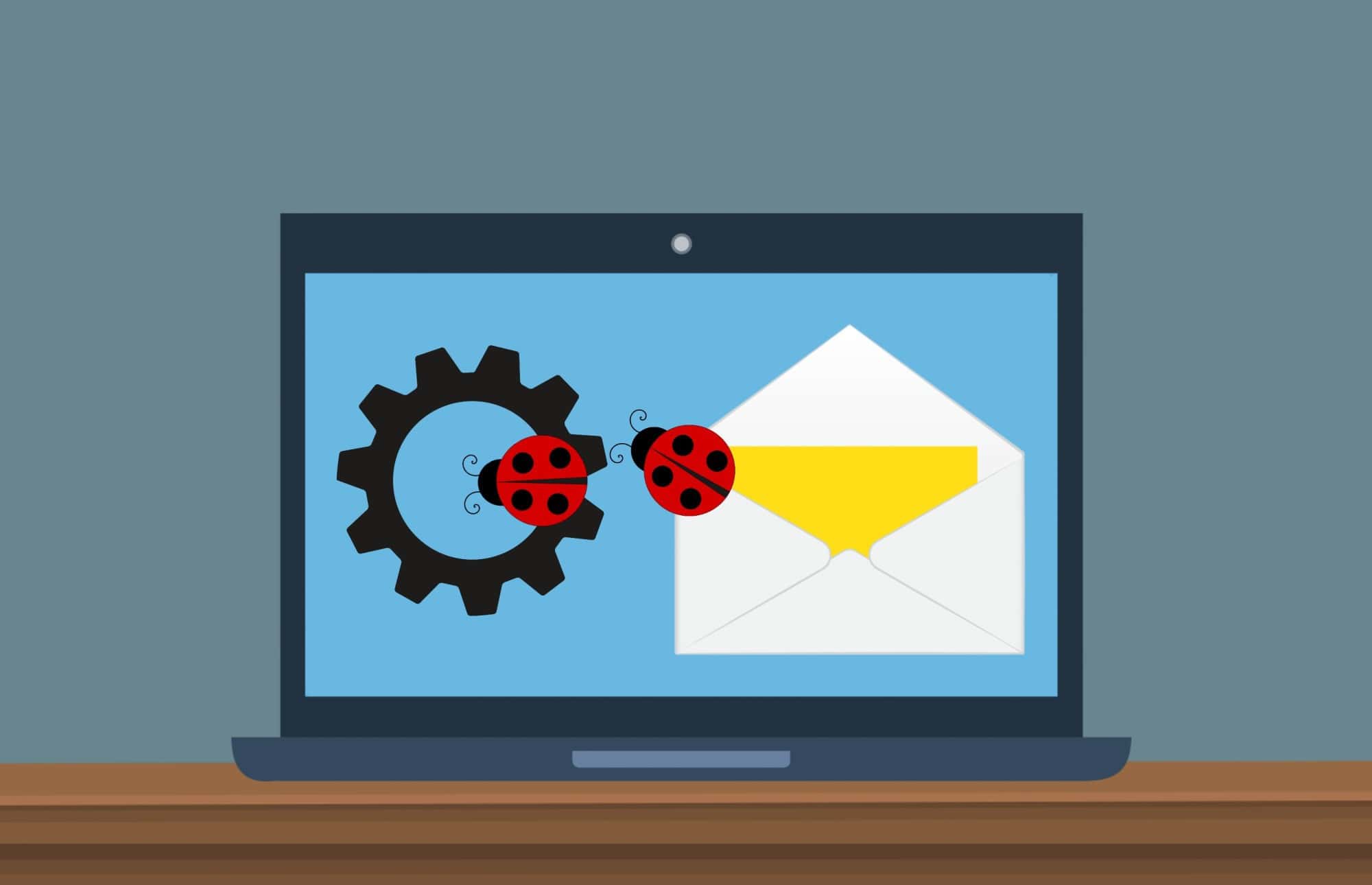Did you know that 75 percent of organizations worldwide experienced a phishing virus? The FBI states that phishing attacks were the most common cybercrime in 2020.
Data breaches caused by phishing scams can cost a business an average of $4.65 million. This is why it is so important to avoid falling victim to this costly cybercrime.
But what is phishing exactly? How does it work and how can it be avoided?
If you don’t know the answers to those questions, don’t worry! This brief guide will explain phishing and provide tips to avoid phishing attacks.
What Is A Phishing Virus?
The first step to preventing phishing viruses is to know what they are.
Phishing is an online scam in which cybercriminals impersonate real organizations typically using emails, text messages, or advertisements.
A link is usually included that will appear to take you to a real company’s website and then asks you to fill in your information. However, the website is fake and sends your information back to the criminals.
These scams can cause substantial losses of money, loss of intellectual property, disruption of operations, and severe damage to reputation.
Recognizing Phishing Attempts
Many phishing emails will claim there is a problem with your account, payment information, or that too many login attempts were made. These usually include a malicious link to correct the fake problem.
Malicious attachments are also frequently included in these emails. These attachments can be fake invoices, government refunds, coupons, and any other type of attachment that might be tempting for a victim to open.
The email may look like it’s coming from a reputable company and even include logos, but it isn’t real. Look for generic greetings that don’t use your full name.
Even if it includes your real name, don’t be fooled. Check that the sender is an actual email address used by the company in question. Chances are that it is a variation not actually used by the real company.
Protect Yourself From Phishing Attacks
If an employee clicks a dangerous link it can infect every computer on the network. Training employees on what to look for is crucial for any business and will minimize this risk.
Using a good spam filter is a simple trick. While cybercriminals are always working to find ways around filters, it will cut down on the frequency of malicious emails.
Use security software and always keep your software updated. Using managed IT services is great for monitoring these updates and providing firewalls and other security.
Back up all of your data using cloud storage. This way your data will be accessible even if your local storage is compromised. IT support companies offer this service and it’s highly recommended for businesses.
Make passwords complex and change them frequently. Encrypt all sensitive company information and try to use a web filter that blocks malicious sites from opening.
Are You Protected From Phishing?
Now you know what a phishing virus is, how to recognize phishing attempts, and how to protect yourself from falling victim. Cybersecurity has never been more important than it is now, whether it’s at home or the office!
We hope you’ve enjoyed this post. Please contact us if you still have any questions about phishing attacks. We’d love to help!

